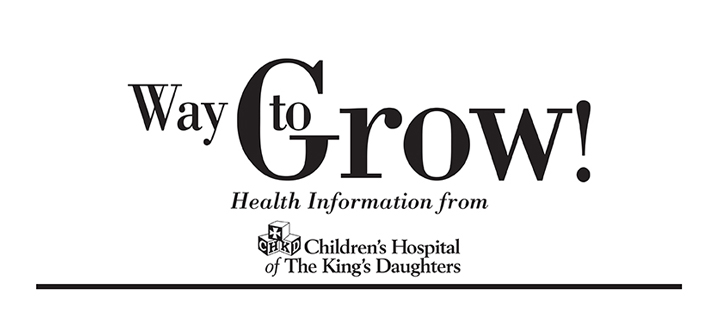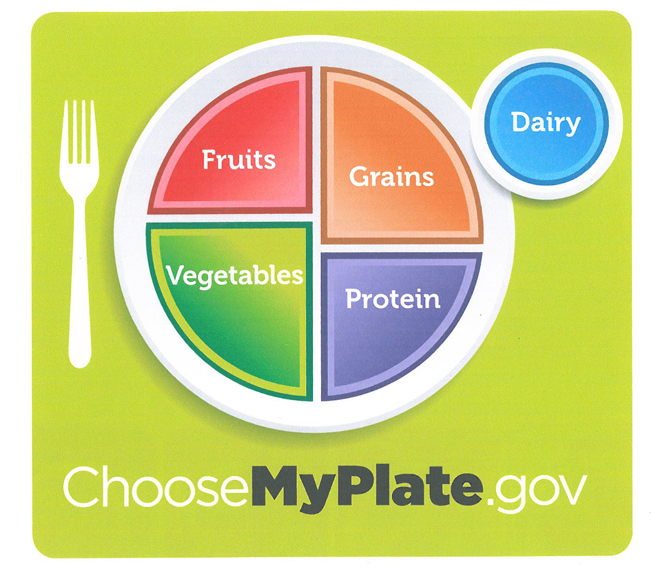
Eight Steps to Sensible Eating
Reduce portions
You do not have to cut out foods that you like. You just need to cut down on all foods you eat that don't fit into the health portions on
MyPlate. For example, eat one cookie instead of three, or one slice of bread instead of two. Use a smaller plate or or do not fill your plate. It is okay to leave food on your plate at the end of the meal.
Eat slowly
Put down your fork during your meal while you chew. Your brain needs time to send signals that you are full. If you eat fast, you will eat more than you need because you will not realize that you are full. Allow at least 30 minutes for each meal. Take smaller bites and chew more.
Make snacks healthy
If you need a snack eat low calorie foods like fruits or vegetables. Reach for water instead of soda or juice. Limit juice to less than 8 ounces per day.
Avoid high fat or high sugar snacks such as:
- Cookies
- Potato chips
- Regular sodas
Reduce Fat Intake
It is easier than you think to reduce your fat intake.
- Cut down on the amount of cream, butter, bacon, ice cream and cheeses that you eat. Baked food has less fat than fried food.
- Do not limit fat intake for children less than 1 year old.
Do Not Eat After Supper
Try to limit eating after dinner and before bed.
Drink Plenty of Water
The amount of fluid a person needs depends on age, weight, season and the individual. Drink fluids throughout the day. Substitute water for other forms of drink such as juice, soda, tea, etc.
Eat at a Table
Avoid sitting in front of the TV and put away cell phones/electronic devices while eating, as this tends to lead to overeating. Eating at the table allows your family to focus on the meal that they are eating and allows time for family members to talk about their day.
Choose My Plate
The picture of “My Plate” shows you how to build a healthy plate by using the space on half your plate for fruits and vegetables. It shows the variety of foods you need for each meal for proper growth and good health. Go to
http://www.choosemyplate.gov for more information on “My Plate” guidelines.

Disclaimer: This information is not intended to substitute or replace the professional medical advice you receive from your child's physician. The content provided on this page is for informational purposes only, and was not designed to diagnose or treat a health problem or disease. Please consult your child's physician with any questions or concerns you may have regarding a medical condition.
Reviewed: 11/2017